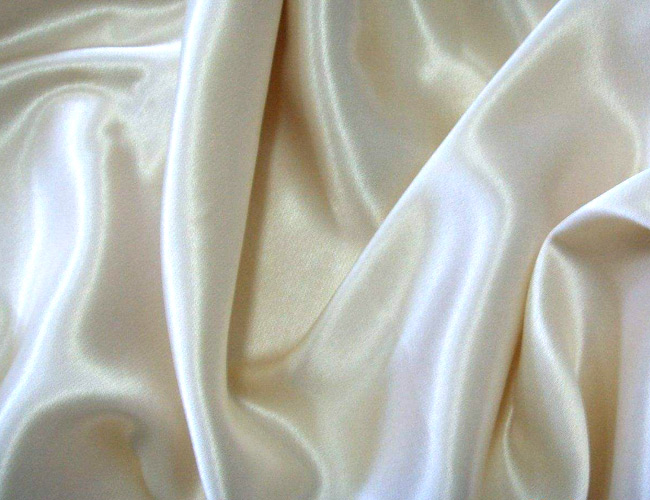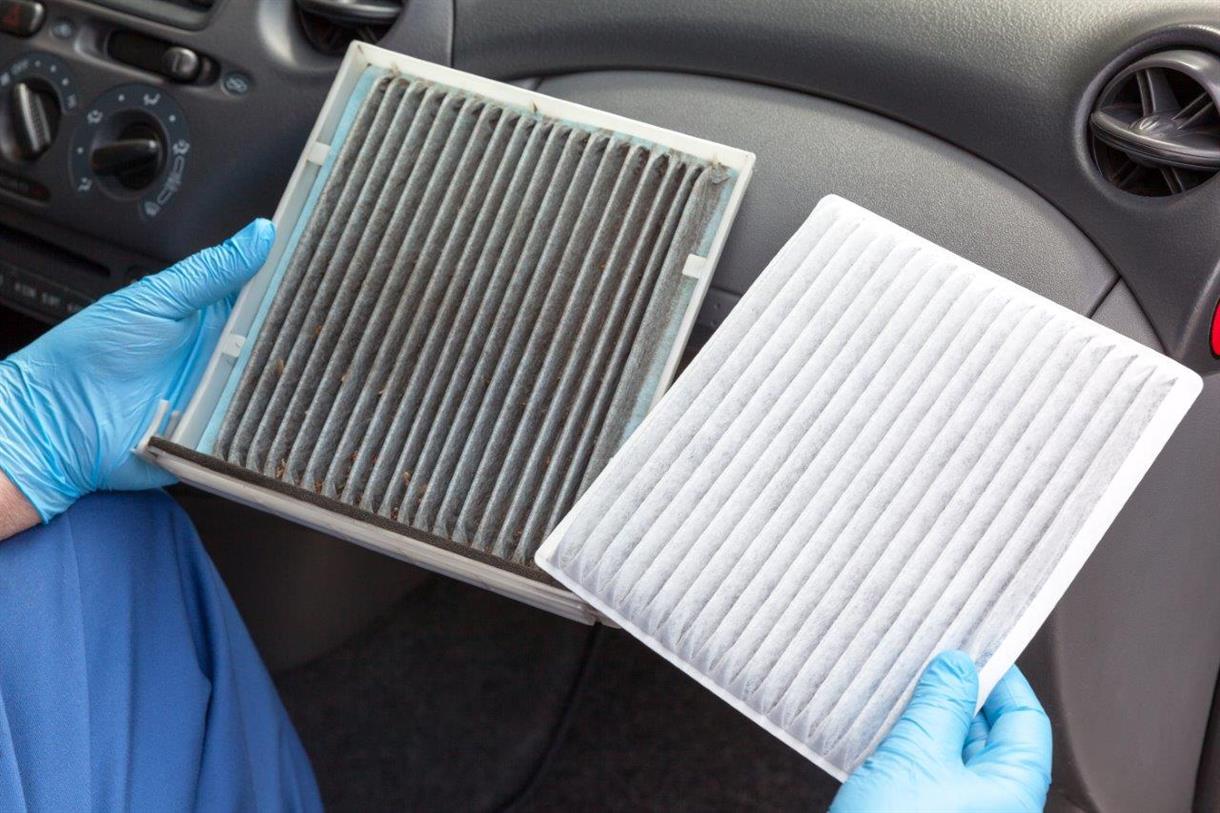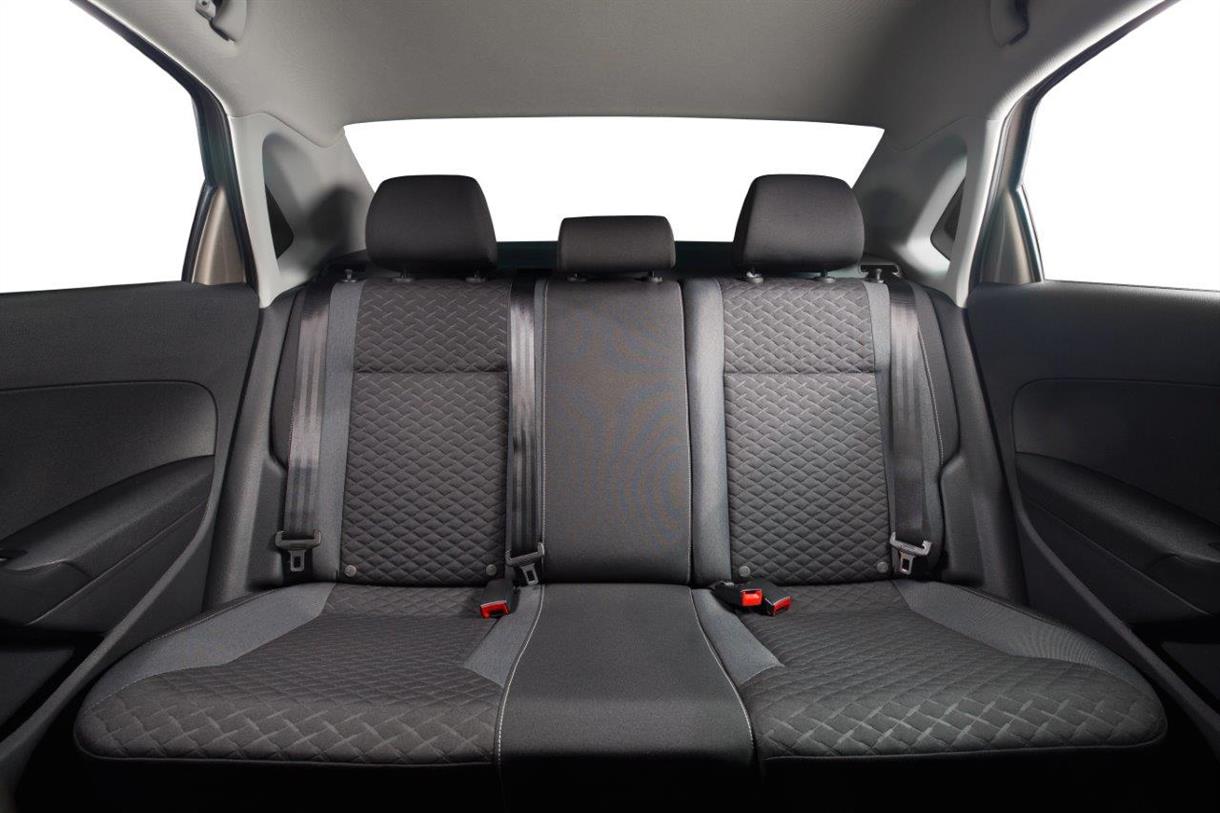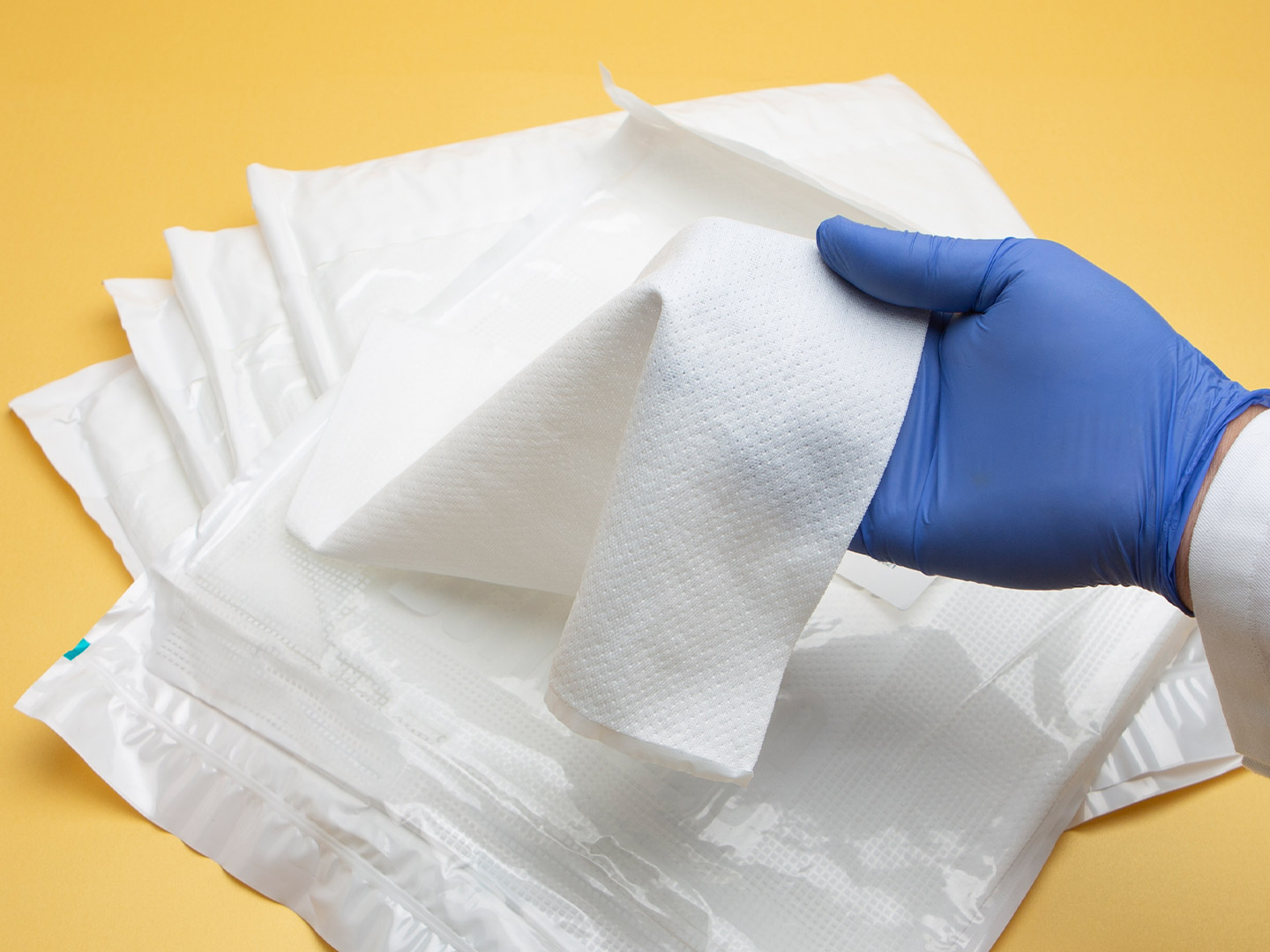
Interlining fabric is based on woven, knitted, and non-woven fabrics. With (or without) thermoplastic polymer compounds. It is finished and processed by dedicated machines. It is a fabric bonded (or non-bonded) special garment accessory. Used in the inner layer of the garment to play reinforcing, bracing, and other roles.
The parts used for interlining include: front piece, inner patch, collar, barge, back piece, pocket, pocket cover, waistband, collar, placket, cuffs, patch, sleeve rung, stop, hem fork, sleeve fork, etc...
Bonded interlining, woven interlining, non-woven interlining, inlay interlining, double-sided interlining, trouser waist interlining, shirt interlining, outerwear interlining, fur interlining, composite interlining, etc... (according to different situations)
(1) Garment interlining: A textile material applied to the inner layer of each part of the garment. To show the characteristics of the garment modeling design.
(2) Base fabric: A fabric used for weaving interlining.
(3) Cotton and linen interlining: Refers to the original interlining. Without finishing process or only sizing stiff finishing.
(4)Woven resin hair interlining: also known as hair interlining. It is made of cotton, chemical fiber, wool pure spinning or blending as light yarn, chemical fiber and yak hair or other animal hair blending as weft yarn. Woven into the base fabric, and made by resin finishing.
(5)Woven resin interlining: Abbreviated as resin interlining. It is a woven or knitted fabric made of cotton and chemical fiber for pure spinning or blending. And it is processed practicing bleaching or dyeing, and then finished with resin.
(6)Woven (or knitted) hot melt bonded interlining: Abbreviated as woven fusible interlining. It is a woven or knitted fabric made of pure or blended cotton and chemical fiber. And it has been practiced by bleaching or dyeing and other finishing and coated by thermoplastic hot melt adhesive.
(7)Nonwoven hot melt fusible interlining fabric: Also known as nonwoven fusible interlining. It is made of non-woven fabric after the thermoplastic hot melt adhesive coating process. Sewn non-woven fusible interlining also belongs to this category.
Garment interlining is a major type of garment accessory, which plays a skeleton role in garments. Building a house requires a skeleton of steel and cement while making a garment requires a skeleton of interlining. Through the shaping, reinforcing, and conforming role of interlining. The garment can be formed into a beautiful style of all shapes and sizes.
In simple terms, it is actually the outside fabric and lining of the garment, and the middle is the interlining fabric. So in general, the interlining cannot be seen. But any position that needs to form a stiff, full feel, smooth transition, and reinforcement is covered with interlining.
What Is Lining? Lining fabric is usually used as the lining fabric of garments. Also known as lining material, lining fabric, etc... The more common varieties of lining fabrics are polyester taffeta, shumai silk, rayon series, chiffon, satin, etc.
Interlining is also called bonded interlining. It is the cloth sewn on the collar, the two shoulders of the garment, the cuffs, and the inner surface of the waist of the pants.
The role of interlining: interlining is the skeleton of the garment. is to support the fabric, and improve the performance of the garment. Play a great role in the beautiful appearance of the garment. Promote the perfect shape of the garment, and can make up for the lack of fabric performance.
The classification of interlining includes: bonded interlining, spun interlining, non-woven interlining, inlay interlining, double-sided interlining, trouser waist interlining, shirt interlining, outerwear interlining, fur interlining, composite interlining, etc...
(1) Application: Interlining cloth is used in the collar, the two shoulders of the clothes, cuffs and the inside of the waist of the pants, etc... While the lining cloth is used inside the lining of the garment.
(2) Role: Interlining for the skeleton of the garment, while the lining is the lining of the garment.
What Is Interfacing? It is a garment fabric that has a supportive effect and is used to reinforce and sew certain areas of the garment. Examples include collars, cuffs, waistbands, areas under buttons, and closures. And you will find interfacing in parts of garments when you customize them.
What Is underlining? A garment lining is formed of pieces cut to the shape of and attached to the separate?sections?of a garment, which are then sewed together. In layman's terms, underlining is a layer of fabric underneath the main fabric that you see as one with the main fabric. With underlining, you are creating your own 2-layer fabric. It is different from lining because underlining is like a separate unit that is only attached to the main fabric in a few key areas.
Commonly used interlining fabrics are generally woolen interlining, linen interlining, cloth interlining and chemical interlining.
(1)Woolen interlining is stiff to the touch, with good elasticity, and is mostly used for the interlining of medium and high-grade fabrics.
(2)Linen interlining's hardness is moderate, with good elasticity, so it is suitable for the lining of Zhongshan clothes and suits.
(3)Cloth interlining is flat on the surface, thick, soft in texture, with a certain degree of stiffness and elasticity, and is the general clothing interlining.
(4)The chemical interlining has high bonding fastness and is resistant to washing without shrinkage, discoloration, degumming, material seepage. It is light and soft to the touch, plump and elastic, and widely used.
Cotton lining.
(1) mainly plain cotton, coarse cloth, and striped flat cloth, they are strong and wear-resistant, warm, comfortable, is an affordable lining for cotton clothes.
(2) cotton and blended fabrics can be used for low-grade suit lining.
Silk lining
The silk lining is firm, dirt-resistant, soft, and comfortable, with a shrinkage rate of about 5%, and is the ideal lining for silk and velvet garments.
Pure chemical fiber lining and chemical fiber interwoven lining
(1)Pure chemical fiber fabric is strong and wear-resistant, smooth and brave, mainly used as down jacket lining and jacket lining.
(2)Rayon interwoven satin lining is smooth, soft, comfortable, firm, and wear-resistant, ideal for suits, fur coats, tweed coats and down coats.
(3)Rayon and cotton yarn interwoven cotton weft damask silk surface is lustrous, hard to the touch, more slippery, suitable for lining of casual wear
Burning Wool - Cold Stacking - Reboiling and Bleaching - Drying - Stentering And Shaping - Resin - Baking - Coating - Packaging and Inspection.
G&F GROUP INC has been developing and producing interlining fabrics since 1997, we have our own R&D team and professional testing, which can pass third party as well as environmental testing. Please trust G&F GROUP INC to bring you professional service. Welcome to Contact US.
All Rights Reserved: https://www.groupgf.com/info-detail/what-is-interlining-fabric
Copyright Notice: This is an original (translated) article from G&F Group Inc., please indicate the source from G&F Group Inc.. If there is any infringement, please contact us first.
 Nonwovens in daily life ----- filtration
Nonwovens in daily life ----- filtration
 Nonwovens in daily life ----- automotive
Nonwovens in daily life ----- automotive
 What is SAP – superabsorbent polymers
What is SAP – superabsorbent polymers
 The Future of Global Nonwoven Wipes to 2029
The Future of Global Nonwoven Wipes to 2029